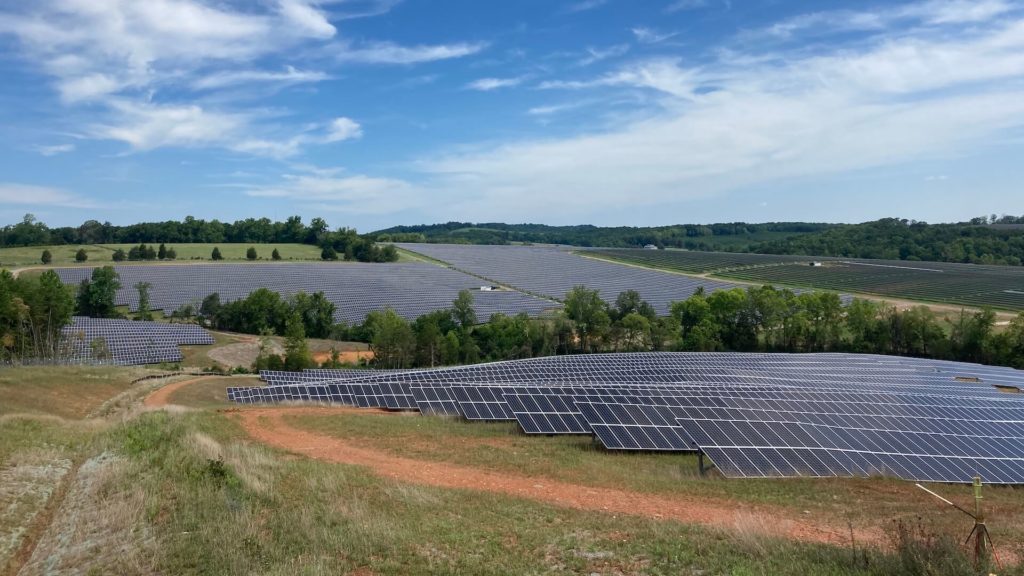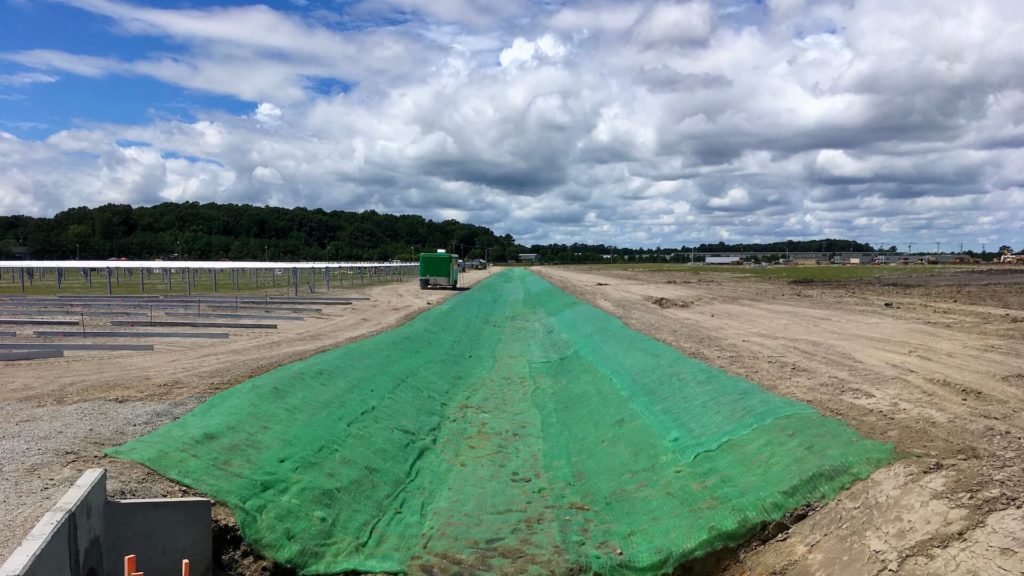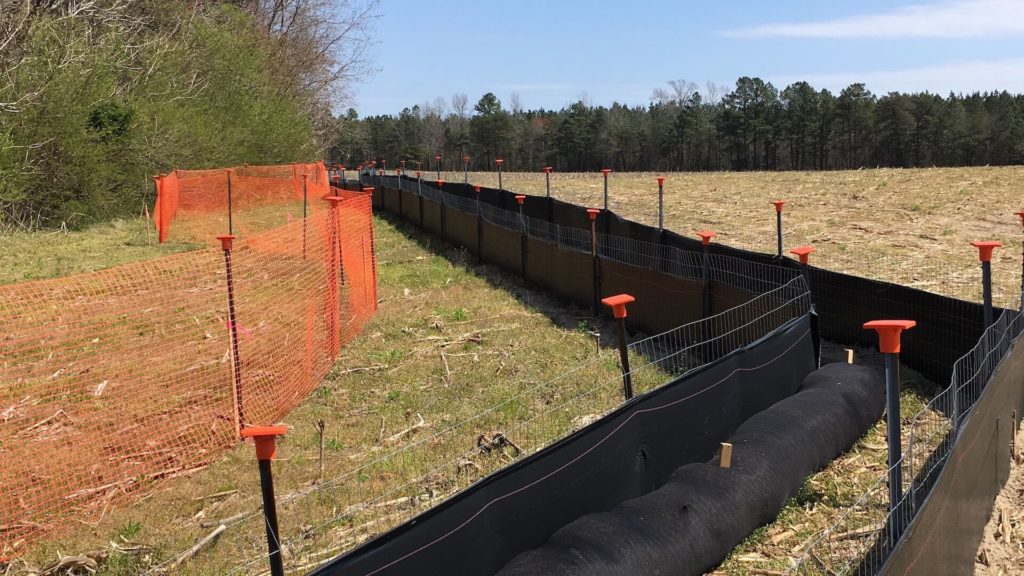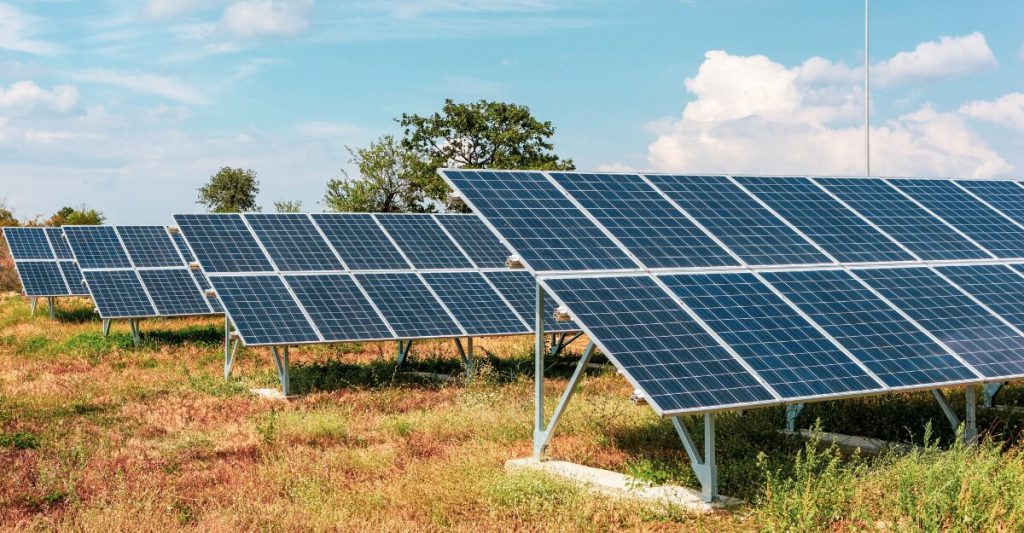16 AprThree Keys for Success on Mid-Atlantic Solar Construction Projects
2022 Update
Clean Energy Goals Bolster Solar Construction in the U.S.
Enthusiasm for renewable energy is strong in the United States. States and private companies continue to set clean energy goals and as a result, renewable energy construction continues to grow from coast to coast.
Solar Construction Shifts to East Coast
Historically, western states like California, Texas and Arizona have led the pack on solar installation. Although partially due to policy, the West’s hot and dry climate also makes these states ideal environments for generating solar energy.
However, as more states mandate action to meet renewable energy goals, solar construction stretches into all parts of the United States, including the Mid-Atlantic.
In our home state of Virginia, for example, the General Assembly passed Virginia Clean Economy Act in 2020. This sweeping legislation overhauled Virginia’a energy policy and paved the way for many new renewable energy projects to break ground in the Commonwealth.
When we originally published this article in 2020, four Mid-Atlantic states were in the top 25 for solar installation:
#6 North Carolina
#16 Maryland
#19 Virginia
#25 Pennsylvania
As of Q1 in 2022, Virginia now ranks 10th in the United States for solar installation (a drop from 4th in 2021).
As solar construction continues in Virginia and other Mid-Atlantic states, Texas and California-based renewable energy developers have moved across the country to lead projects on the East Coast. Although these energy construction companies are experts in solar farm development, west coast-based developers face unique challenges in the Mid-Atlantic.
Challenges for Mid-Atlantic Solar Farm Projects
Construction in the Mid-Atlantic is not the same as it is out West. The topography, weather and soil varies greatly between the two coasts.
Additionally, a new region requires new personnel. Although some contractors travel across the country for new projects, with each new solar farm there are always new subcontractors, vendors, inspectors and engineers.
Owners, developers and engineers must plan around these key differences and adjust site plans, material selection and project execution.
Failure to do so could result in damaging erosion, downstream contamination, project delays and a whirlwind of bad publicity.
Since 2018, we have supplied and serviced more than 25 solar projects in Virginia, North Carolina and Maryland including utility-scale solar farms and small private ventures. Our experience over the past several years has given us a unique insight about solar construction in the Mid-Atlantic. With that experience in mind, we have three keys for success for solar construction in Virginia:
- Develop a great team
- Understand the unique environmental challenges
- Proactively plan and prepare
Develop a great solar construction team
There are many different parties involved in solar farm development. In additional the the owner, developer and the Engineering, Procurement, and Construction (EPC), there are dozens of sub-contractors. Many of these sub-contractors are responsible for clearing, grading, earthwork, hydroseeding and erosion control installations.
The erosion control and seeding subcontractors are so important on these projects. Solar farms scale quickly by running multiple phases at once. If a single erosion and sediment control inspection fails or one deadline is missed, the delay will inevitably affect other phases of construction and contractors.
Additionally, establishing vegetation and ground cover is a top priority of solar farms – particularly now more than ever.
Building a team of sub-contractors and suppliers that understands both compliance and efficiency is key to solar construction success.
Adapt to Unique Environmental Challenges
The Mid-Atlantic is known for its seasons and variable weather patterns. We feel the full effects of every season including drought in the Summer and snow in the Winter. In the Fall, hurricanes threaten many Virginia and North Carolina solar farms. And in the Spring, it’s anyone’s guess what the weather will bring.
Engineers, developers and subcontractors must use this knowledge to develop successful Erosion and Sediment Control (ESC) plans and Stormwater Pollution Prevention Plans (SWPPP). These plans identify areas that may contribute to stormwater pollution and how to reduce pollution during and after construction.
ESC and SWPPPs are critical for utility-scale solar farms that are developed on hundreds of acres of land. Disturbing all that land leaves loose bare soil that is subject to severe erosion. In order to mitigate erosion and prevent downstream pollution, solar farms must be properly vegetated – no matter what the growing season.
Improve Vegetation to Control Erosion
The best way to prevent erosion is to establish vegetation. Contractors must temporary seed, install erosion control blankets and hydroseed through all phases of construction.
When a Spring storm appears out of nowhere, vegetation is the last line of defense to mitigate erosion and manage runoff.
When it comes to seeding, you will need to use something more site specific than a Contractor’s Mix Grass Seed.
If you’re temporary seeding, choose a nurse crop that will germinate properly for the time of year. For example, seed Mid-Atlantic sites with Annual Rye in the Spring and Millet in the Summer.
Permanent seeding, on the other hand, requires more careful selection and collaboration. The Department of Environmental Quality, adjacent land owners, the local municipality, and specific environmental engineering firms all may offer feedback and criteria for permanent vegetation.
A custom grass seed blend is typically the best solution for establishing ground cover on Mid-Atlantic solar farms. Soil testing will give insight to which native varieties will thrive and what nutrients are lacking. Since many solar farms develop over the course of several years, we have found that adjusting these blends throughout the year also brings better results. On most projects, we typically supply a Warm-Season Blend and Cool-Season Blend as well site specific blends for areas that are experiencing specific growing issues.
Understanding the challenges of the growing region and customizing the necessary erosion control solutions can mitigate discharges, erosion and the downstream affects.
Proactively prepare
Most large-scale solar projects have the capacity to maintain a lay down yard of material and equipment. Contractors should keep these yards stocked with critical erosion control materials like silt fence, erosion control blankets, and compost filter sock in order to avoid lapses in construction activity.
For example, say an overnight Spring storm blows through your site. When you arrive in the morning, you find silt fence blowouts and destroyed check dams.
If you planned for that unexpected Mid-Atlantic weather, your on-site contractors can pull from the stock to repair the silt fence and install compost filter sock to prevent further erosion.
When the stock of erosion control solutions gets low, call your vendor to replenish your supply. Using a vendor that is local to the region to cut down turnaround time on material delivery. Time is money on construction and every delay equates to lost revenue.
Don’t let something as manageable as erosion control be the reason the site fails.
Site Specific Solutions Maximize Solar Construction Success
So often we’ve seen examples of solar projects spiral out of control because contractors fail to customize erosion control to meet the environment’s demands.
As solar becomes more prevalent in the Mid-Atlantic, developers, general contractors, sub-contractors, engineers and vendors in our region must work together to mitigate these controllable on-site problems.
Don’t be the next solar construction project in the news.
Build a better team that understands the site expectations, has a working knowledge of the Mid-Atlantic environment and prioritizes erosion control through material supply.
Explore Our Experience with Solar Construction

Altavista Solar
80-megawatt solar facility near Lynch Station
Altavista, VA

Oceana Solar Farm
18-megawatt solar facility for US Naval Air Station
Virginia Beach, VA

Puller Solar Farm
15-megawatt solar facility for University of Virginia
Middlesex, VA


